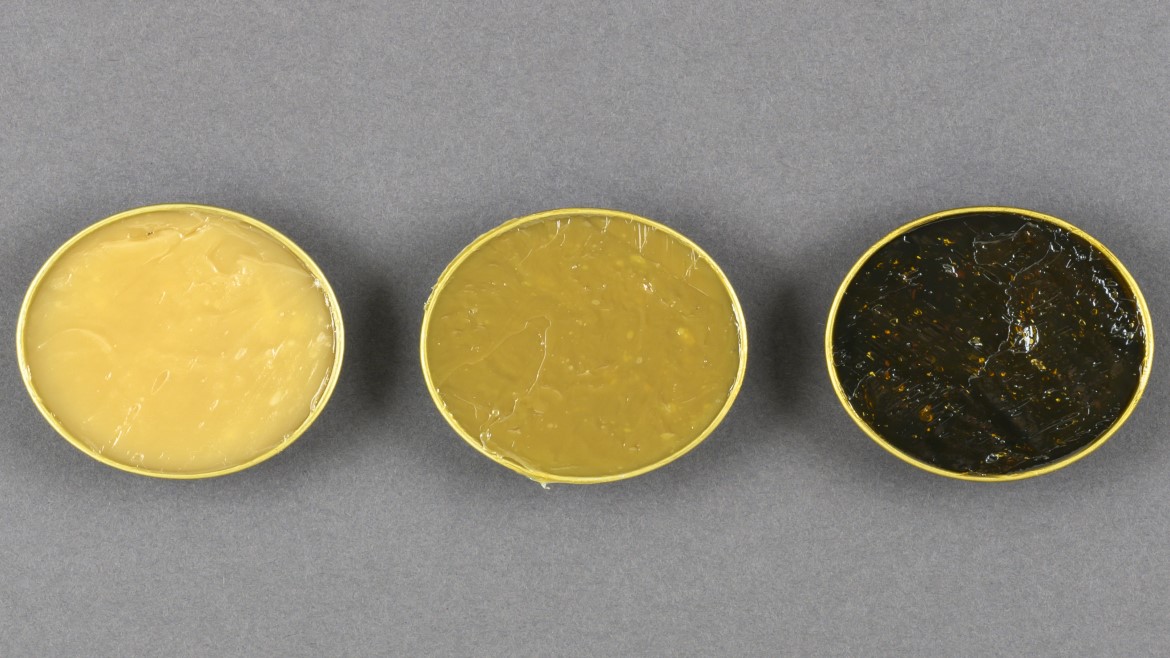Oct 30, 2023
Posted by Joshua Dickstein, PhD, Technology Development Manager
The lubricant industry has come a long way – from a technology and innovation standpoint, especially – when it comes to understanding the need for lubricants with a low environmental impact. And nowhere is that need better understood than in industries where industrial gear fluid powers equipment in environmentally sensitive areas, like forestry, construction, and the marine industries.
The question of why an Environmentally Acceptable Lubricant (EAL) makes sense in these applications comes with a fairly straightforward answer: equipment that operates near water, soil, farmland, in forests, etc., can harm the surrounding ecosystem if fluids, greases, or oils enter the surrounding water or soil through machine leakage, accidental spills, or improper disposal.
Biodegradable fluids, sometimes referred to as bio-lubricants, are growing in demand, with about 50% of bio-lubricants used for hydraulic oils and industrial gear oils. With such a large share of the bio-lubricant market it makes sense to dive a little deeper into what constitutes a bio-lubricant, specifically EALs, and where the market for industrial gear fluids is headed.
What is an Environmentally Acceptable Lubricant?
The U.S. Environmental Protection Agency states that Environmentally Acceptable Lubricants must, by definition, meet guidelines set for:
- Biodegradability: The capacity of lubricants to be decomposed by microorganisms over time into:
- A combination of simpler byproducts (primary biodegradation)
- Carbon dioxide and water (ultimate biodegradation)
- Minimal Aquatic Toxicity: Low toxicity to aquatic organisms according to tests defined by the Organization for Economic Cooperation and Development (OECD) and EPA test guidelines.
- Bioaccumulative potential: The buildup of chemicals within the tissues of an organism over time.
Beyond what government guidelines have outlined, the lubricants industry has guidance from several widely recognized standards and labels that certify varying levels of eco-friendliness, including:
- The European (EU) EcoLabel certifies products with a guaranteed, independently verified low-environmental impact. The label places limits on the amount of hazardous ingredients formulators can include in formulations, how biodegradable the formulation is, and whether it contains components that are persistent and bioaccumulative.
- Blue Angel, the German Ecolabel, which the country awards to environmentally acceptable products. Blue Angel is similar to the EU EcoLabel, but addresses dispose of labeled formulations.
- EPA’s Vessel General Permit (VGP), soon to be replaced with the Vessel Incidental Discharge Act (VIDA), is framework for the regulation of discharges incidental to the normal operation of a vessel under a new Clean Water Act.
Where EALs Have the Potential for Greatest Impact
Forestry, marine, inland water and construction applications have the highest demand for EALs, for good reason. In the marine industry, for example, enormous cargo ships have dozens of pieces of equipment and a broad range of lubricants and fluids at work, often below the waterline. Hydraulic fluids, gear oils, stern tube lubricants, greases, and other lubricating fluids are all needed, but all have the potential to cause damage to the environment if a spill or leak occurs.
The impact is no less serious for other industries. Any work that happens in an environmentally sensitive area runs the risk of a work stoppage or other consequences. Because the equipment in marine, mining, and construction work is necessarily large, the volume of fluid needed to keep these machines running is also massive. A spill or leak can therefore have a significant impact on marine or plant life.
EALs Must Still Meet Performance Expectations
Environmentally acceptable lubricants in industrial fluids still must deliver optimal performance and provide adequate protection for equipment. That has been a challenge. Preventing the premature wear of metal surfaces as they come into contact with each other is the core function of both EAL and conventional formulations. Unfortunately, some of the most reliable classes of anti-wear additives do not meet EAL criteria for biodegradability and therefore must be excluded from any formulation to be an EAL.
The same challenges exist for other performance requirements. Extreme pressure additives are typically found in industrial gear oil (IGO, for example, but sulfurized olefins -- a reliable solution for these needs--do not display the biodegradability required to meet EAL standards. A variety of conventional chemistries frequently used as antiwear agents, demulsifiers, antifoam agents, corrosion inhibitors, friction and viscosity modifiers cannot be used in the composition of an EAL.
Solving for Performance and Environmental Protection
To solve these challenges, working collaboratively with the right partner can be a beneficial way for lubricant marketers to develop environmentally certified and performance-validated fluids.
Lubrizol brings significant expertise to this challenge and has already developed an IGO chemical additive package and related finished fluids that provide excellent wear protection, robust demulsibility, and foam control, all while meeting EAL standards. Lubrizol has shown it’s possible to have both environmentally acceptable lubricants that deliver on performance. The results are backed up by bench and mechanical testing.
Lubrizol is committed to providing the global lubricants industry with the right solutions needed to lessen our impact on the environment while enabling next-generation machinery and equipment for a greener future.









